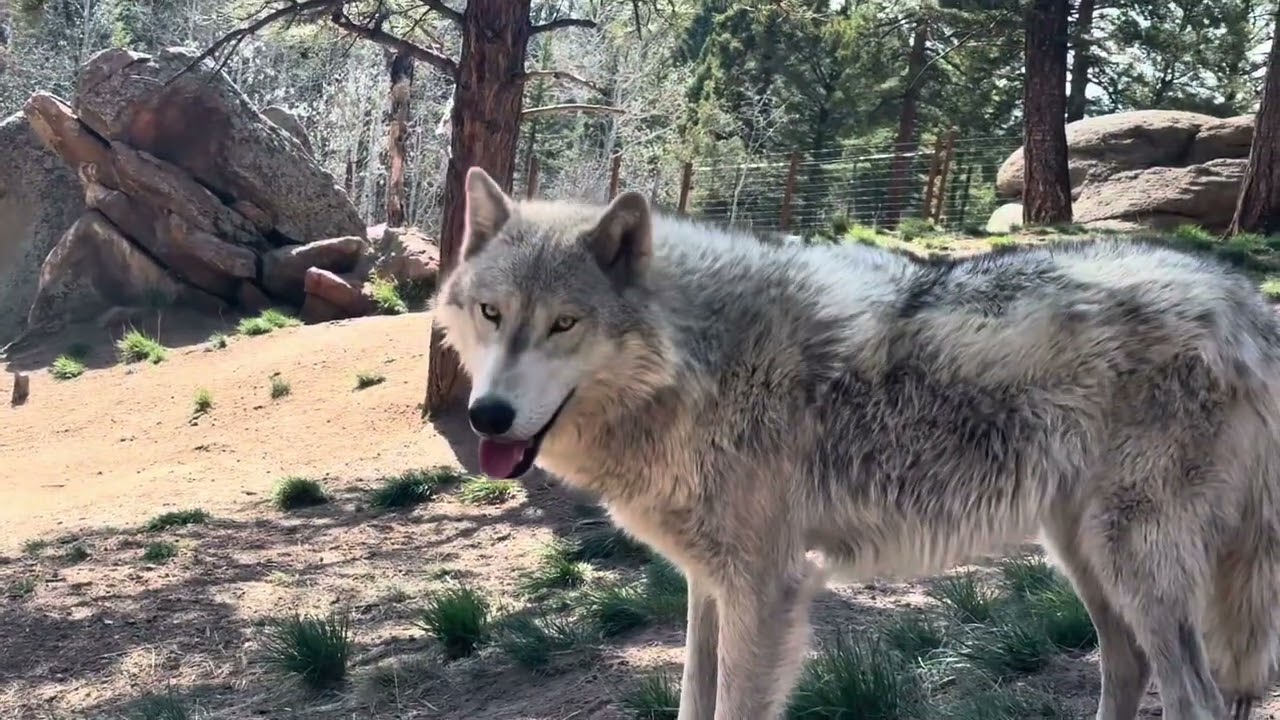- How the CWWC (Center for Wildlife Conservation) was founded and its historical context.
- The role of Wolf Talk 4/30/25 in promoting wildlife conservation and education.
- Key players and influential figures in the establishment of the CWWC.
- The impact of CWWC’s initiatives on wildlife conservation, especially related to wolves.
- Broader implications of conservation education on public awareness and policy.
The Center for Wildlife Conservation (CWWC) emerged as a pivotal institution to educate and promote sustainable wildlife practices. The journey of its founding, especially highlighted in Wolf Talk 4/30/25, presents a rich tapestry of passion and dedication. Understanding this journey requires exploring the roots of zoological management and conservation strategies that have shaped the CWWC’s mission.
The establishment of the CWWC was not an isolated incident but part of a broader movement towards preserving biodiversity amidst rising environmental threats. By the early 21st century, wildlife conservation had gained momentum globally, urging collective efforts to protect natural habitats. The CWWC’s founders recognized the urgent need for a cohesive framework to support these endeavors, prioritizing education and engagement.
Wolf Talk 4/30/25 serves as a noteworthy event that encapsulates the essence of this mission. It acts as a platform to disseminate knowledge, foster collaboration, and encourage active participation in conservation efforts. Events like these hinge on their ability to inspire and mobilize community action, fostering a culture of responsibility around wildlife stewardship.
Key figures played an instrumental role in the CWWC’s genesis. Esteemed conservationists and visionaries lent their expertise to create a hub for research and public education. Their efforts laid the groundwork for innovative zoo management practices and ecological research methodologies that underpin the center’s operations today.
The CWWC’s initiatives, mainly concerning wolf conservation, have left a profound mark on wildlife preservation. Wolves, often misrepresented and misunderstood, have benefited from programs aimed at dispelling myths and advocating for their protection. These initiatives have not only enhanced the survival prospects of wolves but also contributed to ecological balance.
Beyond its immediate impact on fauna, the work of the CWWC has broader implications for public consciousness and policy-making. By embedding conservation principles within educational frameworks, the CWWC acts as a catalyst for change, influencing both grassroots movements and legislative agendas. This integration of conservation into societal norms heralds a future where equilibrium between human activities and ecological preservation is conceivable.
The scientific knowledge supporting these educational endeavors is vast. Understanding predator-prey dynamics, habitat fragmentation, and genetic diversity are just a few areas where research has provided invaluable insights. The CWWC utilizes such data to formulate evidence-based conservation strategies, improving the prospects for numerous species.
Public engagement, facilitated by informative programs and interactive experiences, forms the backbone of the CWWC’s approach. By fostering a sense of connection with wildlife, these programs empower individuals to partake actively in conservation pursuits. The resulting increase in wildlife advocacy represents a triumph for both the CWWC and the broader conservation community.
In conclusion, the CWWC’s foundation and evolving narrative, epitomized by events like Wolf Talk 4/30/25, highlight a commitment to preserving the natural world. Through education, collaboration, and innovation, the CWWC continues to influence wildlife conservation. It stands as a beacon, encouraging informed stewardship and ensuring future generations appreciate the vital role of biodiversity.
*****
Source Description


